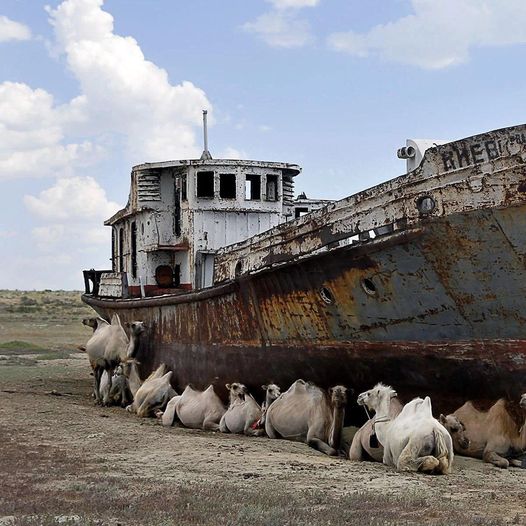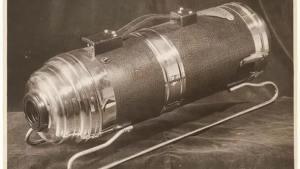Between Kazakhstan and Uzbekistan, the Aral Sea, formerly Central Asia’s fourth-largest inland water basin at 26,000 square miles, is now a fraction of its former magnificence. This environmental disaster is examined in “The Desert of Ghost Ships.”
A number of historical individuals, including Alexander the Great, were awestruck by its enormous size. On the other hand, human activity, in especially Soviet irrigation operations in the 1960’s that diverted the sea’s feeding rivers for cotton and rice crops, was the cause of a fast decrease. At the beginning of the 1980’s, the sea had lost fifty percent of its volume, which resulted in the destruction of fishing towns and the destruction of rusted ships and crumbling infrastructure.

Once a symbol of life, it earned the ominous nickname “Desert of Ghost Ships.” The consequences extended beyond humans, affecting the environment with salty, insecticide-laden dust, leading to health problems such as cancer and respiratory illnesses.
Efforts to restore the Aral Sea have seen limited success, with a dam on the Kazakh side raising water levels slightly in recent years. However, the southern part remains lifeless. This tragic tale serves as a stark reminder of the lasting damage human actions can inflict on the environment, urging us to act responsibly in our delicate world.


